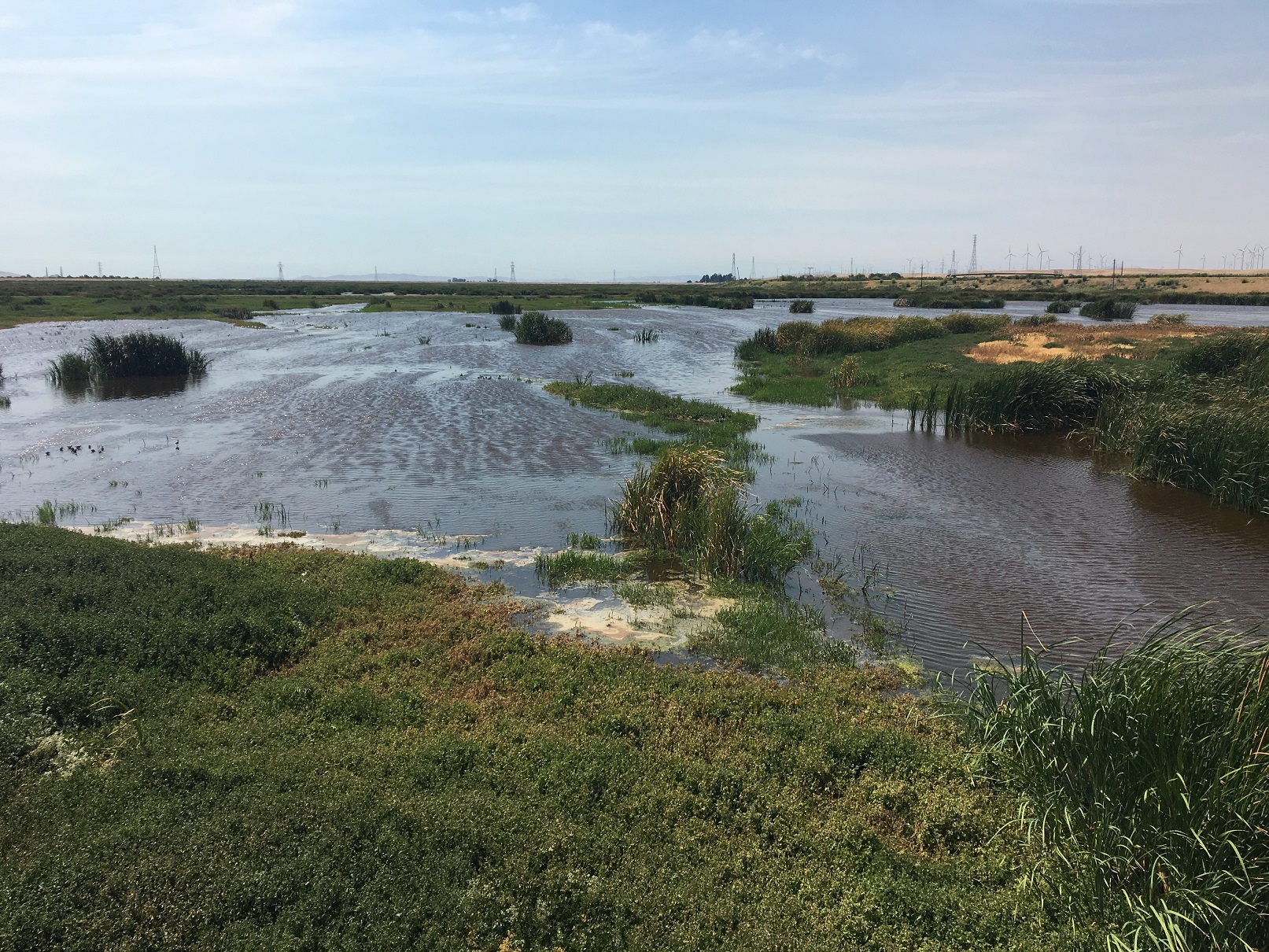How to mitigate the impact of climate change on the natural environment?
Climate change in the natural environment is mainly manifested in extreme changes in air temperature and precipitation: changing weather conditions, such as floods, high temperatures, and droughts, are changing current ecosystems permanently. More adaptable species will survive (for example, the jackal will arrive in Estonia) and those that cannot adapt (such as polar bears) will be lost.

The effects of climate change can be mitigated by the comprehensive protection of biodiversity at the level of species, the interspecies level, and at the level of ecosystem diversity. Adapting to climate change is a global issue – finding the best course of action requires taking global measures and thinking globally, as climate change does not recognise national borders. European countries are working to reduce the consumption of fossil fuels and switch to green (wind, solar) energy to combat climate change. The amount of waste ending up at landfills should also be reduced, thereby preventing the emission of methane, a greenhouse gas [1]. Viable and healthy ecosystems help people combat the effects of climate change; for example, restoring wetlands around watercourses provides protection against floods.
In Estonia, measures have been developed to ensure the healthy biodiversity of species, habitats, landscapes, and ecosystems in a changing climate. On land, natural management and restoration of areas affected by human activities are recommended, and modelling is needed to predict changes in the freshwater and marine environments. It is also important to raise the awareness of the population; in the case of the aquatic environment, mainly on the issues of overfishing and pollution, and in the case of the land, on the effects of the spread of alien species, pollution, etc. Estonia’s strategy for adapting to climate change is set out in the document ‘Kliimamuutustega kohanemise arengukava aastani 2030’ (Development plan for adaptation to climate change until 2030) [2].
Last modified: 13.01.2022
_______________________________________________________________________________
[1] Kliimamuutuse leevendamine. European Environment Agency.
[2] Kliimamuutustega kohanemise arengukava aastani 2030. Keskkonnaministeerium.